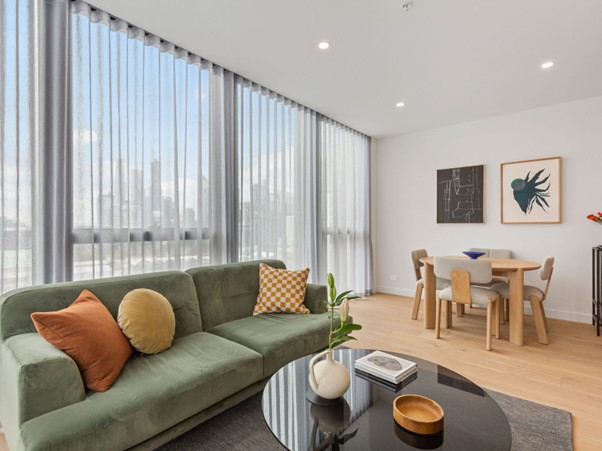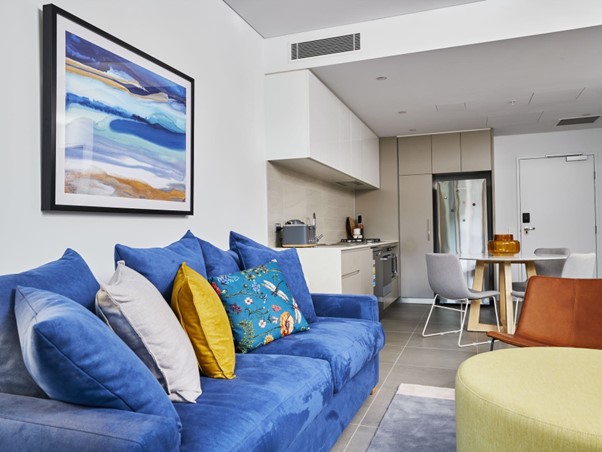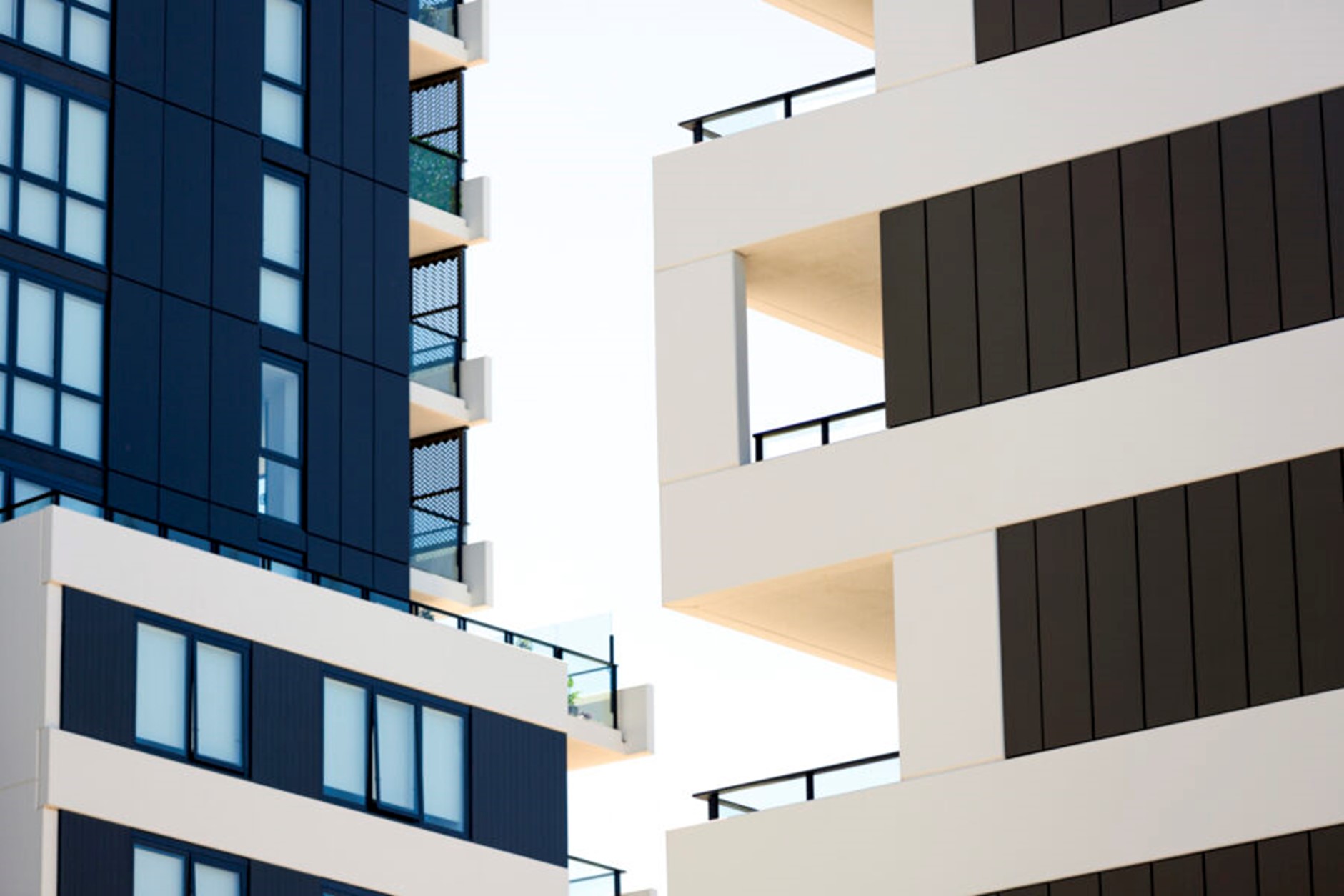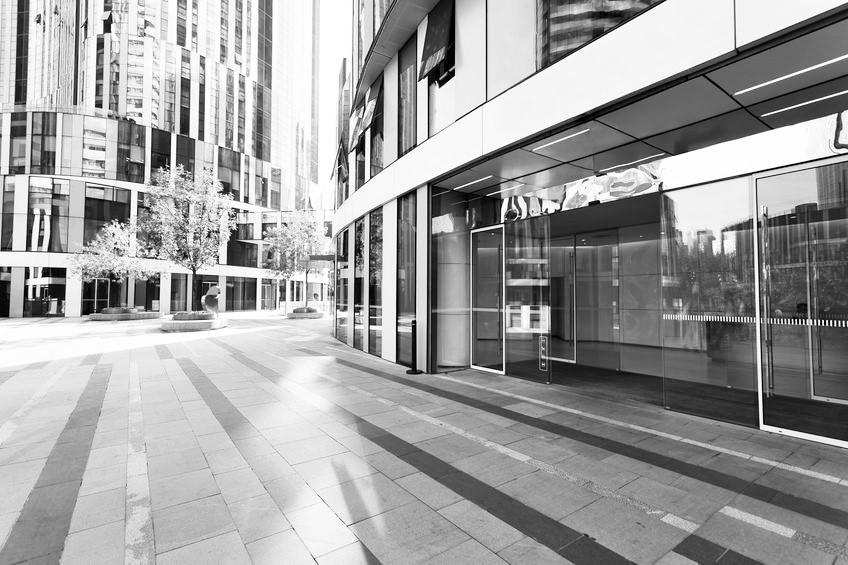Citylife International is a private Australian real estate agency, advisory and consultancy company, with a focus on selling units in the St. Kilda Road precinct of 416, 416A and 418

The build-to-rent model, already well established in the United States and Europe, is expected to grow in Australia. Picture: Getty

Home Southbank, the first BTR project to be completed in Melbourne, is now leasing apartments. Picture: realestate.com.au/rent

. An apartment for lease in Mirvac's first build-to-rent development - LIV Indigo in Sydney's Olympic Park. Picture: realestate.com.au/rent

Picture: Getty

Citylife International is a private Australian real estate agency, advisory and consultancy company, with a focus on selling units in the St. Kilda Road precinct of 416, 416A and 418
TEL: 0468 314 999